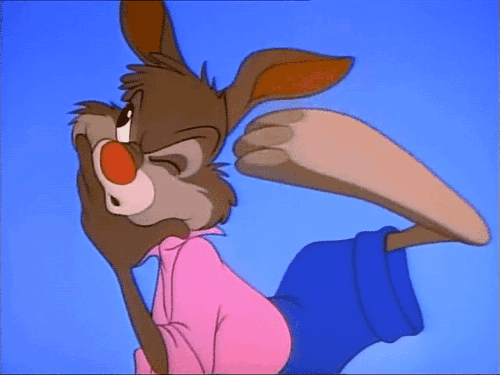
"JOHNNY TREMAIN" (1957) Review
Nearly Fifty-six years ago, the Walt Disney Studios produced a television movie set during a three-year period that focused on the years in Boston, Massachusetts Colony prior to the outbreak of the American Revolution. The name of that movie was 1957's "JOHNNY TREMAIN".
Directed by Robert Stevenson, "JOHNNY TREMAIN" was an adaptation of Esther Forbes' 1944 Newbery Medal-winning children's novel. It told the story of an arrogant adolescent named Johnny Tremain, who happened to be an apprentice for a silversmith living in Boston. Johnny has dreams of owning his shop one day and becoming wealthy and respected in the process.
When a wealthy merchant named Jonathan Lyte commissions his master to repair a family's christening cup, Johnny takes it upon himself to do the actual repairs and win the arrogant Lyte's patronage. Unfortunately, Johnny picked the Sabbath to repair Lyte's cup. And in his haste to repair it before being discovered for breaking the Sabbath, Johnny damages his hand. While repairing Lyte's cup, Johnny discovers that he is the merchant's long-lost nephew on his mother's side. But Lyte refuses to acknowledge Johnny as his kinsman and has the boy locked up. Johnny's difficulties with Lyte and in acquiring a job eventually leads him to join the Sons of Liberty, an organization dedicated to American independence from the British Empire. Along the way Johnny befriends several historical giants including Paul Revere, Samuel Adams, and Joseph Warren. The story reaches its climax with the Battle of Lexington and Concord and the beginning of the American Revolution.
It had been a long time since I first saw this movie. A very long time. And considering that it had been originally produced as a Disney television movie, I was ready to harbor a low opinion of it. Considering the Disney Studios' reputation for churning out a superficial take on American History, one would be inclined to dismiss the film. And if I must be honest, "JOHNNY TREMAIN" has a superficial take on the later years of the Colonial Era and the beginning of the American Revolution. Although there is some depth in the movie's characters, there seemed to be lacking any ambiguity whatsoever. Well . . . I take that back. Aside from Johnny Tremain's brief foray into arrogance in the movie's first fifteen minutes, there were no ambiguity in the other American characters. Thankfully, screenwriters Esther Forbes and Tom Blackburn allowed some ambiguity in the British characters and prevented them from being portrayed as cold-blooded and one-dimensional villains. Even Sebastian Cabot's Jonathan Lyte (Johnny's British uncle) was saved from a fate of one-note villainy in his final reaction to Johnny's decision not to accept his patronage.
Disney film or not, "JOHNNY TREMAIN" is an entertaining historical drama infused with energy, good solid performances and a somewhat in-depth look into American history in Boston, between 1772 and 1775. Despite a running time of 80 minutes, the movie explored some of the events during that period - events that included an introduction of some of the important members of the Sons of Liberty, the Boston Tea Party of December 1773, the British closure of Boston's port, Paul Revere's famous ride and the Battle of Lexington and Concord. It is also the first costume drama that revealed the establishment of slavery in a Northern state - or in this case, colony. In the midst of all this history, Forbes and Blackburn delved into Johnny's personal drama - including his conflicts with his uncle, dealing with his physical disability and his relationship with Priscilla Lapham, his former master's daughter - with solid detail.
With the use of matte paintings, colorful photography by Charles P. Boyle and Peter Ellenshaw's production designs, director Robert Stevenson did a good job in transforming television viewers back to Boston of the 1770s. But the one production aspect of "JOHNNY TREMAIN" that really impressed me was the original song, "Liberty Tree", written by Blackburn and George Bruns. The song struck me as very catchy and remained stuck in my mind sometime after watching the movie. The performances are pretty solid, but not particularly memorable. Again, allow me to correct myself. There was one outstanding performance . . . and it came from the late Sebastian Cabot, who portrayed Johnny's arrogant uncle, Jonathan Lyte. Everyone else - including leads Hal Stalmaster, Luana Patten and Richard Beymer, who would enjoy brief stardom in the early 1960s - did not exactly dazzle me.
My gut instinct tells me that the average adult might lacked the patience to watch a movie like "JOHNNY TREMAIN". Although historical drama remains very popular with moviegoers and television viewers, I suspect that Disney's early superficial style of portraying history might be slightly off-putting. However, "JOHNNY TREMAIN" might serve as a first-rate introduction to American History for children. And if one is in the mood for Disney nostalgia, I see no reason not to watch it again. Even after fifty years or so, it is still an entertaining little movie.



















